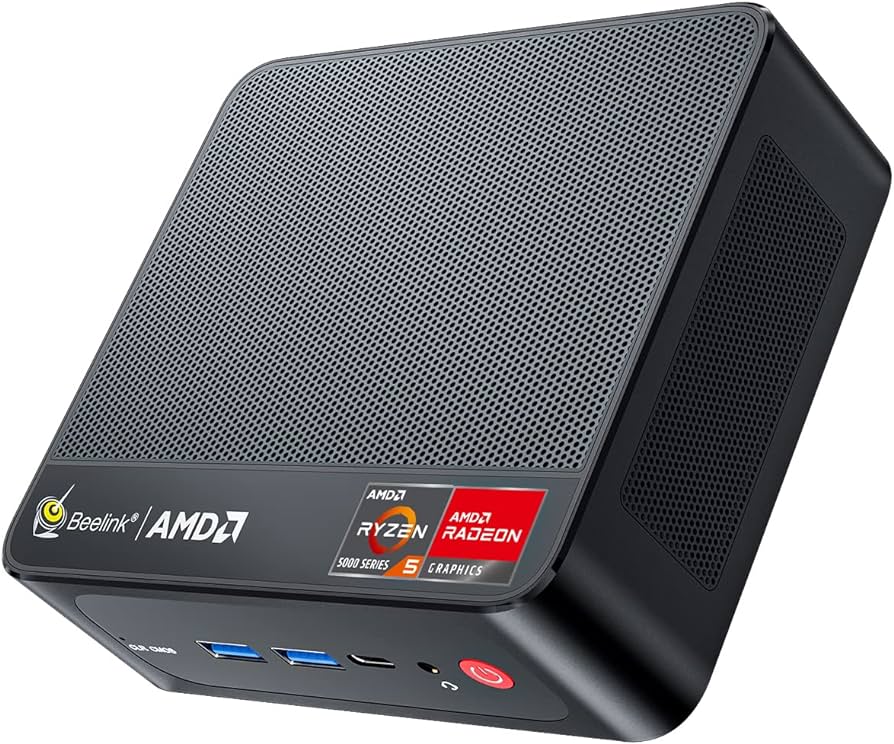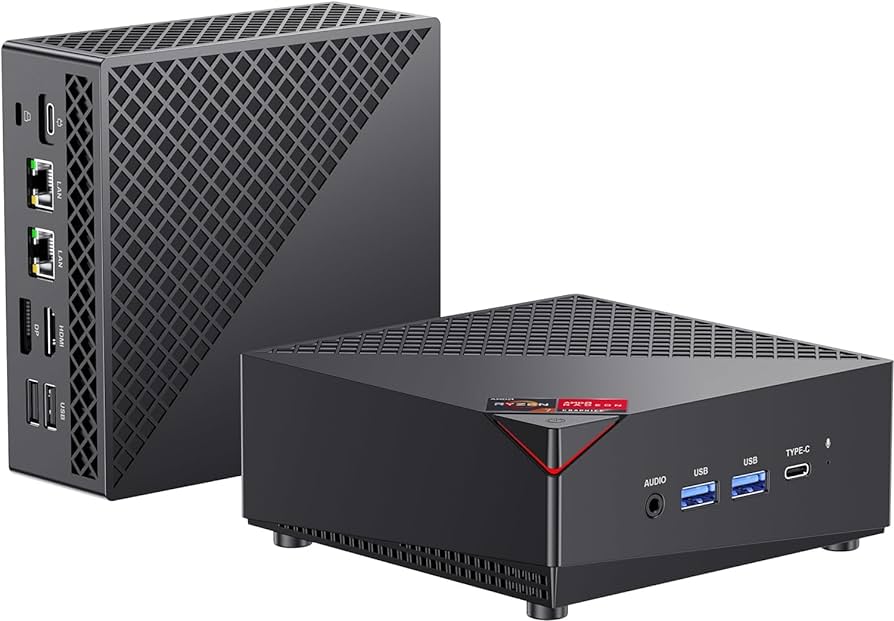Memory cards have become an integral part of our digital lives. We rely on them to store important documents, precious photos, and sensitive personal information. However, with the convenience they provide, there also comes a great responsibility to protect the data stored on these tiny devices. In this article, we will explore the various steps and techniques you can employ to safeguard your sensitive data on memory cards.
Understanding the Importance of Data Protection
Data protection is crucial in today’s digital age where cyber threats are rampant. Sensitive information such as credit card details, social security numbers, and personal photos can easily fall into the wrong hands if proper precautions are not taken. The consequences of data breaches can be severe, ranging from financial loss to identity theft and reputation damage.
In order to fully grasp the significance of data protection, it is important to delve into the various risks associated with leaving your data unprotected. By understanding these risks, individuals and organizations can take the necessary steps to safeguard their valuable information.
The Risks of Unprotected Data
Leaving your data vulnerable can expose it to a wide range of risks. Hackers can gain access to the contents of your memory card and misuse the information for malicious purposes. This can include unauthorized purchases using stolen credit card details, or even the creation of fake identities using personal information.
Furthermore, physical damage or loss of the memory card itself can result in irreversible data loss. Imagine losing all your cherished photos or important documents due to a simple accident or misplacement. The emotional distress caused by such a loss can be immeasurable.
Why Memory Cards are Vulnerable
Memory cards and DDR5 RAM are particularly vulnerable to data breaches due to their small size and portable nature. They can be easily misplaced or stolen, leaving your sensitive data at risk. The compact design that makes them convenient for storing and transferring data also makes them susceptible to being lost or falling into the wrong hands.
Moreover, the lack of built-in security features in most memory cards and DDR5 RAM makes them an attractive target for hackers. Unlike other storage devices that may have encryption or password protection, memory cards, and DDR5 RAM often lack these safeguards. This makes it easier for cybercriminals to access the data stored on them, increasing the likelihood of data breaches.
It is important to note that the vulnerability of memory cards and DDR5 RAM is not limited to personal use. Many businesses and organizations rely on memory cards and DDR5 RAM to store and transport sensitive data. This includes industries such as healthcare, finance, and government, where the protection of confidential information is of utmost importance. The potential consequences of a data breach in these sectors can be catastrophic, leading to legal liabilities, financial losses, and damage to their reputation.
Basic Steps to Protect Your Data
Protecting your data on memory cards starts with implementing basic security measures. These measures can significantly reduce the chances of data breaches and ensure the confidentiality of your information.
Using Password Protection
One of the simplest yet most effective ways to protect your data is by password-protecting your memory card. Most modern memory cards support password encryption, allowing you to set up a secure password that needs to be entered every time you access the card. This adds an extra layer of security and prevents unauthorized individuals from accessing your data.
Regularly Updating Your Software
Keeping your software up to date is essential for maintaining the security of your memory card. Manufacturers often release updates that address security vulnerabilities and enhance overall system stability. By regularly updating your software, you ensure that your memory card remains protected against the latest threats.
Advanced-Data Protection Techniques
While basic security measures provide a strong foundation, there are advanced techniques you can employ to further fortify the protection of your sensitive data.
Encryption: An Overview
Encryption is a powerful technique that converts your data into an unreadable format, making it virtually impossible for hackers to decipher. By utilizing encryption algorithms, you can ensure that even if your memory card falls into the wrong hands, the data remains completely secure.
Secure Deletion of Data
When it comes to discarding your memory card, it is crucial to ensure that all sensitive information is permanently deleted. Simply formatting the card might not be enough, as data can still potentially be recovered. Utilizing specialized software that securely wipes the contents of the memory card can guarantee that no traces of sensitive data are left behind.
Choosing the Right Memory Card for Security
Not all memory cards are created equal when it comes to security. It is essential to consider certain factors before purchasing a memory card to ensure maximum protection of your sensitive data.
Factors to Consider
Look for memory cards that offer built-in security features such as password protection and encryption. Additionally, consider the storage capacity and speed of the card to ensure it meets your specific requirements.
Trusted Brands in the Market
Opting for memory cards from reputable brands can provide assurance regarding the security and reliability of their products. Research trusted brands in the market and read reviews from other users to make an informed decision.
Maintaining Your Memory Card’s Health
Proper maintenance of your memory card is essential for its longevity and the safety of your data.
Proper Handling and Storage
Avoid exposing your memory card to extreme temperatures, moisture, or physical damage. Always handle the card with clean hands and store it in a protective case when not in use.
Avoiding Common Mistakes
Finally, be mindful of common mistakes that can compromise the security of your memory card. Avoid using your card on unfamiliar or unsecured devices, and do not share sensitive data with untrusted sources.
By following the steps and techniques outlined in this article, you can minimize the risk of data breaches and protect your sensitive information stored on memory cards. Remember, data protection is a continuous process, and staying vigilant is key to ensuring the safety of your valuable data.





